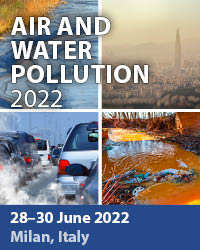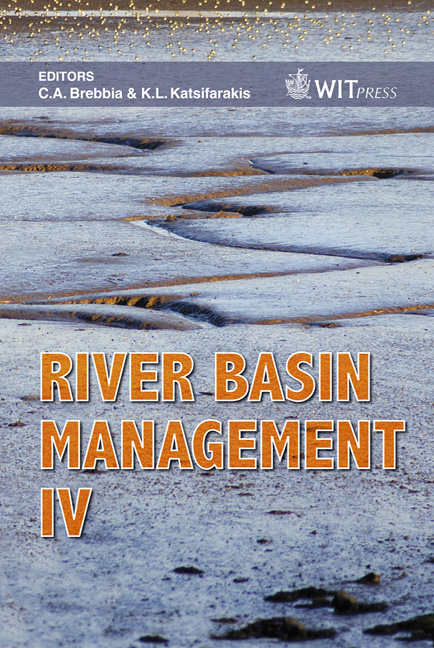Hydraulics Of Bendway Weirs
Price
Free (open access)
Transaction
Volume
104
Pages
10
Published
2007
Size
686 kb
Paper DOI
10.2495/RM070371
Copyright
WIT Press
Author(s)
C. Thornton, S. Abt, D. Baird & R. Padilla
Abstract
Natural processes associated with meandering river systems have been shown to lead to degradation of channel beds, erosion on channel banks, and bend migration. Attempts at mitigating the local instability associated with meandering systems, such as transverse and longitudinal structures, armor protection, and bio-engineering techniques have been utilized worldwide. One type of structure, bendway weirs, are rock structures placed in series along the outer bank of a bend in an effort to alleviate stresses, as well as create habitat. Many aspects associated with the bendway weir indicate the structure to be a viable alternative to longitudinal stone toe for controlling migration and bank erosion. While bendway weirs have been successfully used in many applications, quantifiable design guidance has not been available. Past projects utilizing bendway weirs have relied heavily on field experiences, site-specific flume studies, and engineering judgment, but have lacked general design guidelines. To accurately model flow conditions resulting from the placement of bendway weirs, an undistorted 1:12 Froude scale, hard boundary model was constructed at the Hydraulics Laboratory of the Engineering Research Center at Colorado State University. The model contained two bends, which exhibited unique geometric characteristics representative of those found in the Middle Rio Grande reach. Three-dimensional velocities and water surface profiles were recorded for a series of tests including variations of weir length, spacing, and angle. Using the data obtained from the test series, a relationship of the reduction of velocities relative to pre-weir conditions, due to the variation of bendway weir characteristics, was developed. The location of the strongest eddies found in a bend as a function of weir length was also examined. Bendway-weir testing resulted in the creation of design criteria. Utilization of a known set of base-line conditions for a given bend and design parameters for bendway weirs, a designer is enabled to predict maximum velocities found in the bend after the installation of bendway weirs. Keywords: bendway weirs, river restoration, bank erosion, in-stream structures.
Keywords
bendway weirs, river restoration, bank erosion, in-stream structures.





